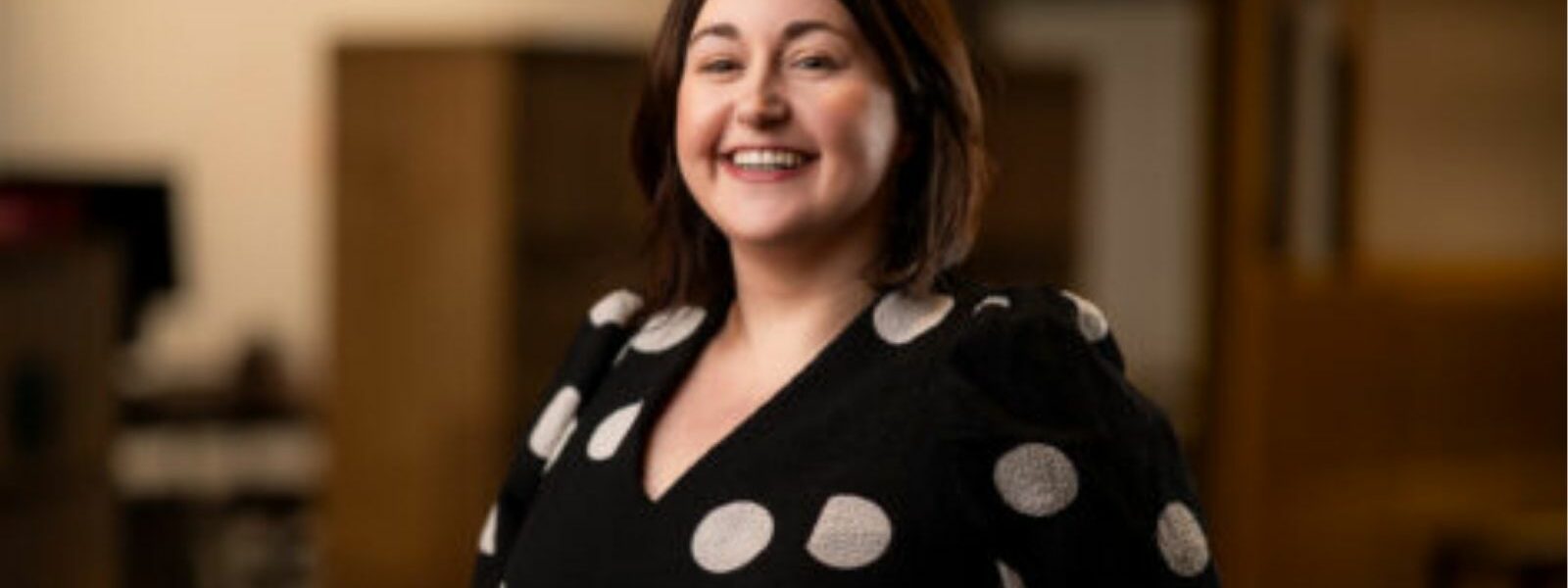
Placemaking in Southampton: How human-centered thinking shapes a city, according to Gemma
Placemaking is no longer just the domain of architects and urban planners. Business leaders, community builders, and local change-makers are stepping up to shape cities from the ground up. In this blog, we highlight the story of Gemma Pratt from Southampton, UK. She’s a local powerhouse whose perspective on the city was transformed through the City at Eye Level training.
“We forget sometimes how powerful eye-level really is. What does a space feel like? That’s what shapes your connection to it.”
— Gemma, Director of Placemaking, GO! Southampton
From local roots to city-wide impact
Gemma knows Southampton like the back of her hand. She grew up there, she works there, and she’s fiercely passionate about making it better for everyone. As the Deputy Director and Director of Placemaking at GO! Southampton, the city’s Business Improvement District (BID), she has a unique mission: use business-funded initiatives to not only boost the economy but improve quality of life for all who live, work, and visit.
“People often think we only serve businesses, but what’s good for people is good for business. It’s all connected. From clean streets to public art to reducing crime, we do more than people realize,” Gemma explains. “Our job is to make the city not just functional, but vibrant.”
A course that put language to practice
Gemma joined The City at Eye Level training in 2024, just as she was stepping into her placemaking title. “I’d been doing the work already – organising public art projects, managing the public realm – but I didn’t have the words for it yet. The course gave me both the vocabulary and the validation: Yes, I am a placemaker.”
What stood out most? “The diversity of experiences in the room. We came from different countries, but were tackling the same challenges. That was incredibly grounding and energising.”
She’s filled her course workbook to the last page with notes. “So many little moments clicked. Like someone said, ‘Don’t ask what people want to change, ask what they’d like to do.’ That one stuck with me. It shifted how I engage with businesses and community members entirely.”
Placemaking as a living system
Gemma is currently pursuing a Master’s in Town Planning, and sees firsthand how placemaking principles complement formal planning frameworks. “Planning and placemaking are intertwined. One focuses on regulations, the other on human experience. But they should speak the same language.”
One key takeaway for her was the idea of regularly conducting “city audits”. Not from the desktop, but on foot. “Twice a year now, I walk the city and ask myself: how does this feel? What do I see at eye level? How would someone new here experience this street? It’s so easy to go ‘frog-blind’ in your own space.”
She brings colleagues and board members along on these walks. “It’s such a useful way to reconnect with the place we’re trying to improve. You can’t fix what you don’t feel.”
Eye-level first, building second
The course has changed the way she evaluates development plans. “Too often we’re wowed by architecture that looks like a wave or a boat – but what does it do at street level? Can people tell if they’re welcome? Do they know it’s a museum, or does it look like an office?”
She recalls visiting a city where a cleverly named space had drawn her in, only for her to realise she couldn’t tell whether it was a shop, a community centre, or a bank. “That’s when placemaking becomes critical. The feeling at the facade matters. If people can’t tell what it is or that they’re invited in, the design has failed them.”
A network that lasts
Beyond concepts and theory, the training provided something else invaluable: a network. “Even now, I still talk to people from the course. We’re all doing different work, but we face the same obstacles. Having that community helps.”
When a project she was working on stalled, Gemma brought her concerns to the training group. “I felt defeated, but one comment stuck: You’re not doing anything wrong. You’re trying to change habits. That takes time. That reassurance, that backing, was priceless.”
Who should join?
When asked who she’d recommend the training to, Gemma’s response is simple: “Anyone working to bring people together.” That could be planners, BID managers, architects, or people working in community development or charities.
“And especially if you’re just starting out. It might feel intimidating, but it’s exactly the room you need to be in. Everyone’s learning. And everyone belongs.”
People at the forefront, always
For Gemma, placemaking is ultimately about putting people first. “You can always build a building. But can people thrive there? That’s the real question. The course reminded me not just why I do this work, but for whom.”
Curious how placemaking can shape your city?
Like Gemma, many practitioners find new depth and direction through The City at Eye Level training. Whether you’re reimagining a street, a park, or an entire neighbourhood – this program offers tools, insights, and a powerful community of changemakers.
Apply here for our London edition (25-27 June):
https://stipo.nl/evenement/the-city-at-eye-level-placemaking-training-2025-london/

